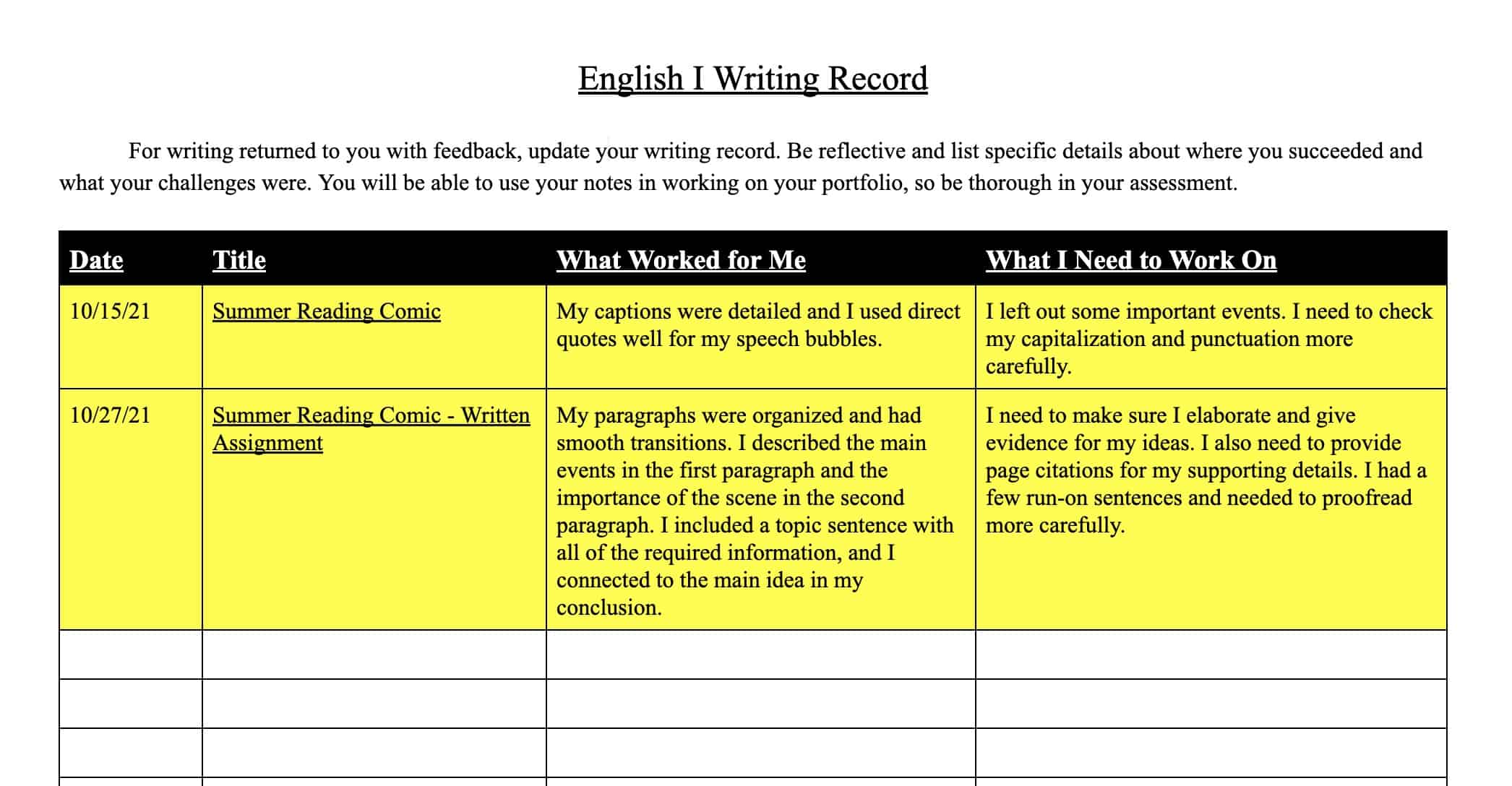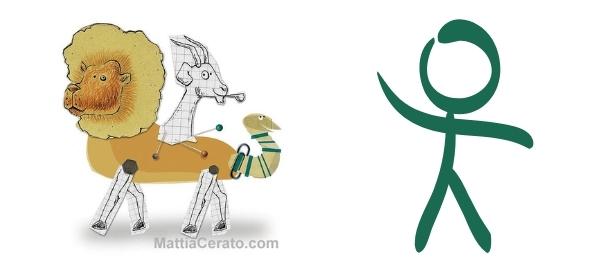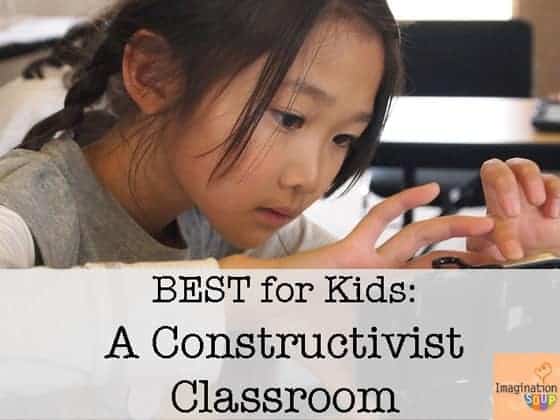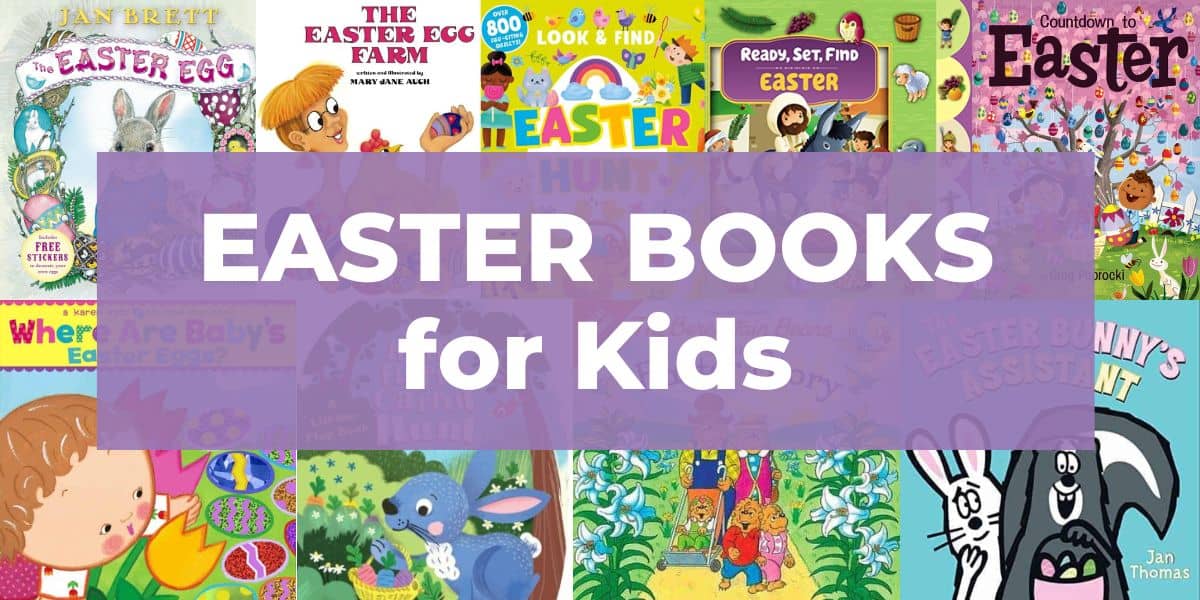How to Encourage Students to Reflect on their Writing
This post may contain affiliate links.
written by Lisa Stringfellow, author of A Comb of Wishes
Reflection is a skill that too often is not given enough attention. It can be easy to move on to the next unit or piece of writing without stopping to reflect on the process and product, but doing so ignores a powerful tool in a writer’s toolbox.
Research has shown that when students regularly reflect on their writing, they are better able to retain skills and apply them in new work. This strategy teaches metacognition or “knowing what you know.”
Students learn best when they have frequent opportunities to reflect on their work and on the feedback they receive from teachers and peers.
Encourage Students to Reflect on their Writing
A great idea is to have students create a Writing Record to keep track of the feedback they receive on their writing and give them a place to record their own thoughts about their work and the writing process. Having such a form allows students to take quick notes that are easy to review when they are ready to start their next piece of writing.
An example Writing Record from my 5th-grade class:

Another idea is to have students write responses to a series of prompts about the process of writing after they have finished a piece.
Here is a series of questions that work well. Invite students to choose a few to respond to each time they reflect.
- What process did you go through to produce this piece of writing?
- What problems did you encounter while you were working on it? How did you solve them?
- How do you feel about this piece of writing?
- What parts of it do you particularly like? Dislike? Why?
- What was especially satisfying to you about either the process or the finished product?
- What did/do you find frustrating about the process?
- What were your goals for creating this piece of work? Did your goals change as you worked on it? Did you meet your goals?
- What do these pieces reveal about you as a writer and learner? (ex. how you learn best, what you enjoy, what is easy, what is hard, etc.)
- What is the one thing you particularly want people to notice when they look at your work?
- What would you change if you had a chance to do this piece over again?
- What’s the one thing that you have seen in your classmates’ work or process that you would like to try in your next piece?
Once students develop a habit of reflecting on their writing, they will begin to see patterns in their work.
They can apply the knowledge they gain to improve their writing and adapt their process in new ways.
Becoming self-reflective will help them develop agency and independence as they grow and learn as writers.
About Lisa Stringfellow

Lisa Stringfellow teaches middle school English at an independent school in Boston. Her professional work has appeared in Edutopia, Education Week, and Independent Teacher Magazine. She also is an author of middle-grade fiction. Her debut fantasy A Comb of Wishes will be published on February 8, 2022 by HarperCollins/Quill Tree Books. It was selected as an ABA Indies Introduce title for Winter/Spring 2022. Lisa lives in Boston, Massachusetts, with her children and two bossy cats. Follow her on Twitter.

KEEP READING
The Difference Between Divergent and Convergent Thinking
 Metacognition
Metacognition








